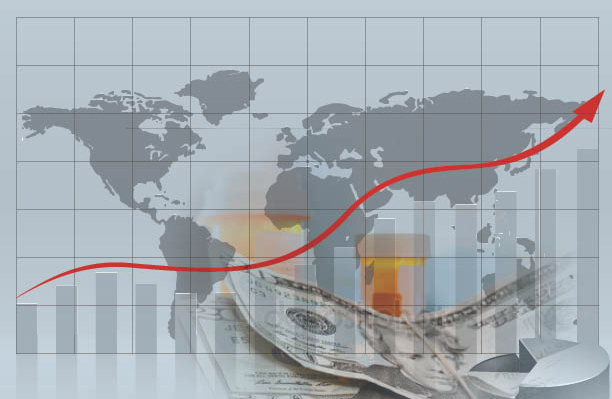It’s easy for politicians and consumers to rage about the high price of prescription drugs, but Wayne Winegarden, Pacific Research Institute’s senior fellow in business and economics, said those prices are not to blame for the high cost of healthcare in the United States.
Recently, U.S. Bernie Sanders has been a critic of high drug prices, taking on Marathon Pharmaceuticals and Ariad Pharmaceuticals (ARIA) for the pricing of their products. In February, Sanders called out Marathon for the pricing of its newly approved Emflaza treatment for patients with Duchenne muscular dystrophy. Marathon’s price for the drug (before it divested itself of the product) was $89,000. However, the drug had been widely available in Europe for between $1,000 and $1,500. In October, Sanders called out Ariad Pharmaceuticals for systematically increasing the price of its leukemia drug, Iclusig, more than 73 percent since the drug’s launch in 2012.
Winegarden said his study was prompted over complaints, such as those raised by Sanders, that certain drugs are sold overseas at a different price than here in the United States. In an exclusive interview with BioSpace, Winegarden said that comparison is not a valid one given the complexities of pricing structures here. When the media reports on drug pricing overseas, Winegarden said that’s the price that consumers actually pay. In the United States though, the price often quoted in news stories is not what consumers pay, considering rebates, insurance and “all kinds of strange things that happen to bring down the price.”
“We have to keep pharmaceutical prices in perspective,” Winegarden said. “Part of the problem is the pricing environment is complex. It’s not anywhere close to what the transaction is.”
According to Winegarden’s study, an apples-to-apples comparison of U.S. drug prices with those in other countries, adjusted for higher overall medical price inflation, show that higher U.S. drug prices simply reflect higher overall domestic medical prices.
One reason people tend to focus the blame on drug prices is because those are often “broken out” in comparison to other healthcare charges, Winegarden said. People don’t really look at the cost of a surgery, or an MRI, but pharma prices are something that typically stand on their own, which provides a false focal point for the pricing criticism, he said.
The real problem with the cost of the healthcare system in the U.S. is affordability. Medical price inflation has been growing much faster than overall price inflation, he said. That means, Winegarden said, total expenses on healthcare have been growing faster than GDP year after year.
For his study, Winegarden went back to 1969 to compare drug pricing. Since that year, he said one can see a “huge increase” in healthcare inflation. When comparing healthcare against pharmaceuticals pricing models, he said healthcare has outpaced pharmaceuticals. More recently, Winegarden said drug price inflation has increased, likely driven by hospital drug prices, and the increase in new, novel medications. Typically, drug prices rise at a faster rate when there are more innovations, he said.
“Our new study finds that drug price growth is actually not driving the growth in health care costs at all. Reforms to reduce complexity and increase transparency in drug pricing could go a long way to help consumers make informed choices and reduce prescription drug costs,” Winegarden said.
But while Winegarden said prescription prices aren’t driving up the costs of healthcare as is typically believed, those costs could be reduced dramatically. Winegarden said the pricing process, which involve intermediaries like pharmacy benefit managers, “includes perverse incentives that drive up costs. Reforms to simplify this process would enable list prices to reflect transaction costs more accurately.”
Additionally, hospitals are reimbursed for the price paid for drugs under Medicare Part B. Reforms to provide reimbursement based on the value of the drug, not the cost, would help drive down costs and increase information available for doctors, pharmacists and patients, he said.
“We need to get the system so it works more efficiently. Part of the value of any product is the opportunity cost. The alternative for drugs can often be surgery. We need a system that can promote greater efficiencies and competition to bring down those costs,” Winegarden said.

